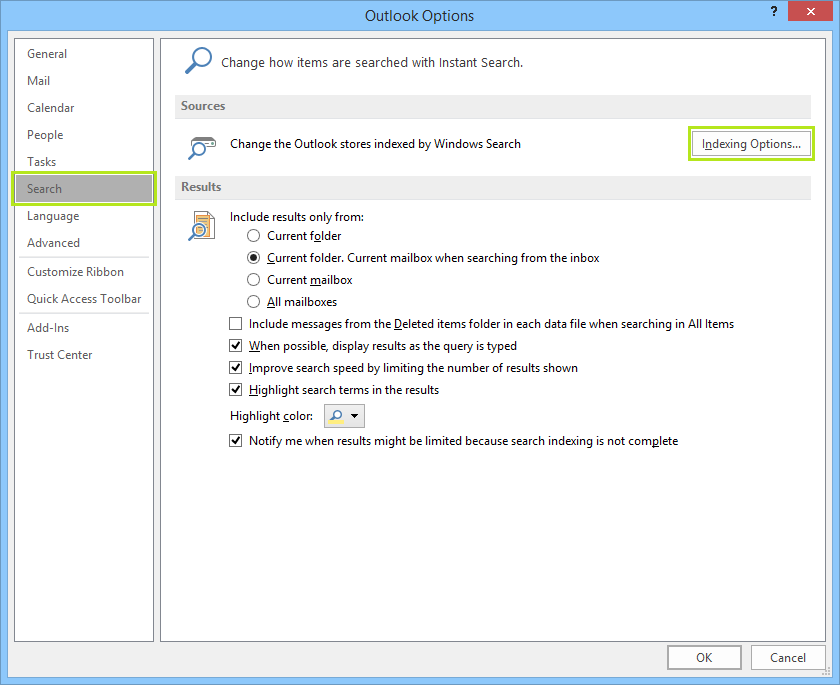By In some cases, Outlook puts email messages, tasks, and appointments older than six months into the Archive folder — a special folder for items that Outlook thinks are stale or not worth keeping. Outlook calls sending these items to the Archive folder autoarchiving. Items that Outlook archives aren’t lost forever, though. You can visit them by opening the Archive folder and its subfolders on the Folders List. Outlook creates the Archive folder and its subfolders automatically the first time that you archive items.
- Archive Button Not Available In My Outlook For Mac So Slow
- Archive Button Not Available In My Outlook For Mac Won't Open
You get to decide how and when Outlook archives items. To archive items, you establish a default set of archiving rules that apply to all folders, and if a folder needs individual attention (meaning you don’t want it to be subject to the default archiving rules), you can establish special rules for that folder. Each folder can have its own set of archiving rules or be subject to the default rules.
Also addition of Do not archive check box to all emails will be beneficial. Please include an option to hide it on the Mac version of Outlook 2016. Putting the Archive button there was a horrible idea.
Ideal for architects, interior designers, and professionals in engineering, construction, and mechanical design, working from home or in small offices in workgroups of up to 3 people in need. Hp designjet 500 pcl3gui 64 bit drivers for mac.
To tell Outlook how to archive old stuff, start by displaying an AutoArchive dialog box:. Establishing default archiving rules: Choose Tools – Options and, in the Options dialog box, select the Other tab. The click the AutoArchive button. Establishing rules for a specific folder: Either right-click the folder and choose Properties or display the folder and choose File – Folder – Properties for Folder Name. Then, in the Properties dialog box, select the AutoArchive tab. (Because no date is connected to items in the Contacts folder, you can’t autoarchive names and addresses.) Negotiate these options to establish default archive rules:.
Run AutoArchive Every: Enter a number to tell Outlook how often to archive items. Prompt Before Archive Runs: If you select this check box, you see a message box before archiving begins, and you can decline to archive if you want by selecting No in the message box. Delete Expired Items (Email Folders Only): Select this check box to delete all email messages when the period expires. Archive or Delete Old Items: Unselect this option if you don’t want to archive items. Show Archive Folder in Folder List: Select this option if you want to keep the Archive folder in the Folder List. This folder contains archived items.
Clean Out Items Older Than: Choose a cut-off time period after which to archive items. Move Old Items To: Click the Browse button and select a folder if you want to store the Archive file in a certain location. Permanently Delete Old Items: Select this option if you want to delete, not archive, old items. Choose among these options to establish archiving rules for a specific folder:. Do Not Archive Items in This Folder: Select this option if items in the folder aren’t worth archiving. Archive Items in This Folder Using the Default Settings: Select this option to defer to the default archiving rules for the folder. Archive This Folder Using These Settings: Choose this option to establish archiving rules for the folder.
Clean Out Items Older Than: Choose a cut-off time period after which to archive the items in the folder. Move Old Items To: Click the Browse button and select a folder if you want to store the archived items in a specific location. Permanently Delete Old Items: Select this option if you want to delete, not archive, items in this folder. Periodically compact the file in which you store Outlook data to shrink the file and get more room on your hard disk. To compact the Outlook data file, follow these steps: 1. Choose File – Data File Management. Select Personal Folders in the Outlook Data Files dialog box.

Archive Button Not Available In My Outlook For Mac So Slow
Click the Settings button. A Personal Folder dialog box appears.
Archive Button Not Available In My Outlook For Mac Won't Open
Select the Compact Now button. Compacting an Outlook file can take time if the file is stuffed with data.